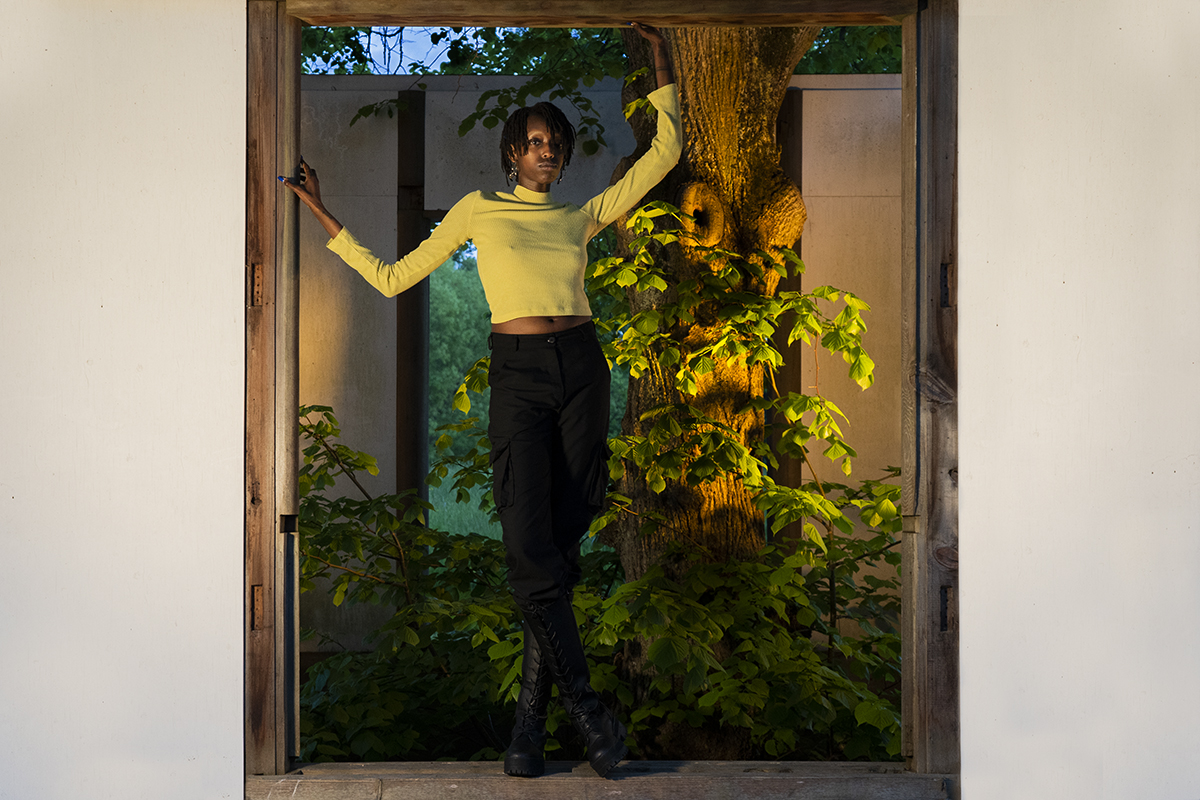Honorable Mention

Binghi in Solitude
DESCRIPTION
“[F]ilms made shortly before and after 1900 often make explicit the contrast between the new medium of film and the traditional arts by means of the motif of the statue or the painting coming to life. In so doing, early film continued a form of popular entertainment that combined the art of the theatre with those of painting and sculpture, namely the tableau vivant, or living picture: a theatrically lit composition, often based on a famous artwork or literary passage, of living human bodies that do not move throughout the duration of the display. Tellingly, the tableau vivant tradition started out as a statue vivant practice and, in many cases, persisted in this manner.”From Adriaensens, V., Jacobs, S. (2015). The sculptor’s dream: Tableaux vivants and living statues in the films of Méliès and Saturn. Early Popular Visual Culture, 13(1), 41–65.
AUTHOR
Sophie-Luise Passow (*1994, Vienna) studied photography in the class of German artist Gabriele Rothemann and graphics and printmaking with Swedish artist Jan Svenungsson at the University of Applied Arts, Vienna.+
Urte Laukaityte (*1992, Vilnius) was educated at the University of Cambridge for her BA, attained her MSc at the University of Edinburgh, and is a PhD researcher at UC Berkeley. Urte is currently a Solitude fellow at the Akademie Schloss Solitude.
=
Ursa Majeure (*2023, Stuttgart) was born Athena-style from the combined heads of a two-part organism wandering the forests around a 1700s schloss. If experience were summative, she would have a three-decade long photographic career by now, despite being birthed in January of this year. She has grand plans for her future as a photographer, including experimenting with different techniques—state-of-the-art as well as historical. A crucial feature of her practice is the symbiosis of photography and text, or, more broadly, the fusion of art and science—the perennial holy grail of contemporality.